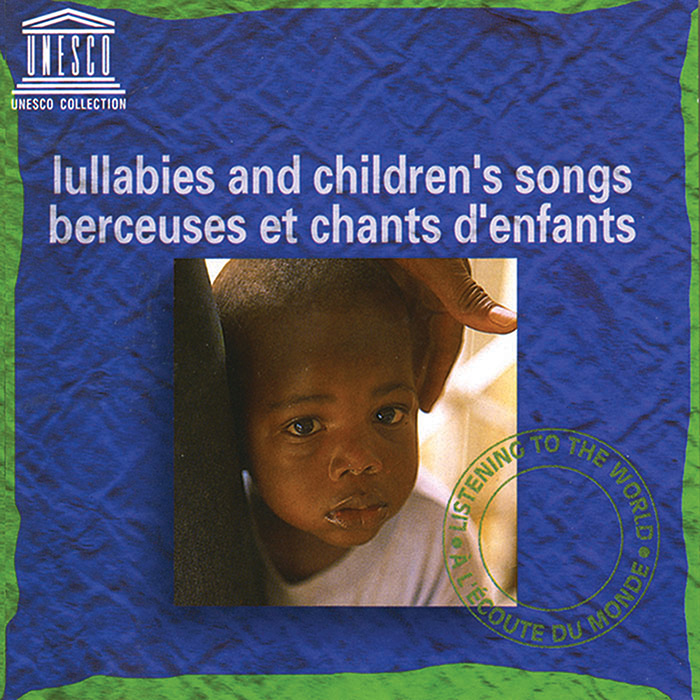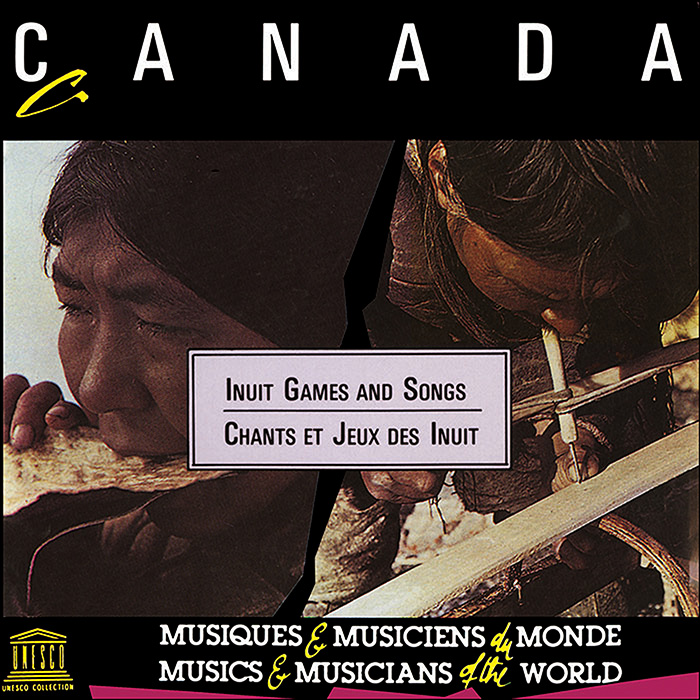-
UNESCO Collection Week 10: Games, Lullabies, and Children’s Songs
Week 10 of the UNESCO Collection of Traditional Music celebrates games, lullabies, and children’s songs from around the world with Lullabies and Children’s Songs and Canada: Inuit Games and Songs.
GUEST BLOG
by Jason McInnes
It has been a pleasure spending time with the music featured on two recordings from the UNESCO Collection, Lullabies and Children's Song and Canada: Inuit Games and Songs. These albums are filled with beautiful music, as you might expect, but the aspect that continues to turn my ear is the joy in both recordings. Whether I'm digging in to every detail or stepping back to listen with wide ears, I end up thinking about the simplicity and the power of these sounds and the delight that is present throughout.
My favorite piece on Lullabies and Children's Songs is "The Water Drum," a recording of children swimming in a river. As written in the liner notes: "They push their cupped hands vigorously into the water at different depths; an extraordinary rhythmic background is thereby created for the song, which soars above it in the air." The sound of the children singing is similar to sacred harp choirs—sometimes chaotic sounding, yet always returning to unity.I teach music to many young people and their families at the Old Town School of Folk Music in Chicago, IL. I shared some of the tracks from this album with my students, ages four to six, and their parents. We had a wonderful time using our voices to mimic some of the sounds we heard on this album. A favorite of my young students was the "lip popping" sounds found on the track "Little Girls' Sung Games" from Côte d'Ivoire. Another was the "tongue-rolling trills" in the Japanese song "Ihumke."
In addition, we found that some of the sounds related to noises in our own languages, including English, French, and Spanish. Class quickly turned from questions of "how do you play the guitar?" to "how does music make you feel?" I believe that the joy of these recordings made us able to share openly in the class.
After hearing the joyous laughter recorded in the album Canada: Inuit Games and Songs, my students and I attempted to mimic these sounds with our own laughing. The liner notes state: "The major part of the recordings present the very interesting 'throat games' as various anthropologists and musicologists call them." From listening to the recording, I sense that what I heard was great pleasure from music-making in a community setting. Many of the recordings end in laughter that, to me, suggests “That was fun! Let's do it again!”Week after week, my students and I have found we all have talents that we bring to our music. We strive to improve, but at the end of the day, we clap and laugh and sing a song as we walk through the hallways. It is when we are able to bring our best that we find the most joy.
Jason McInnes
Old Town School of Folk Music
Chicago, IllinoisUNESCO Collection Week 10: Games, Lullabies, and Children’s Songs | Smithsonian Folkways Recordings



